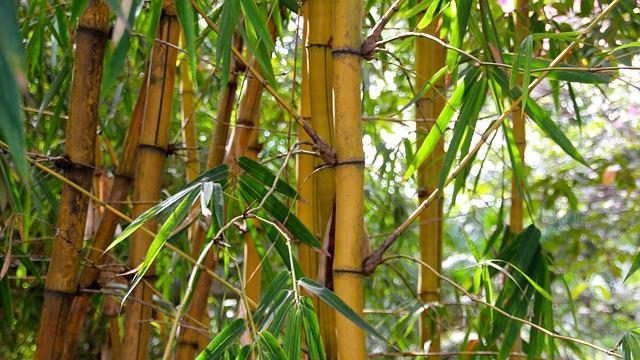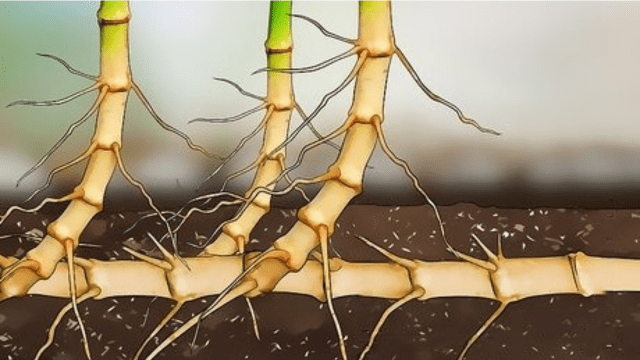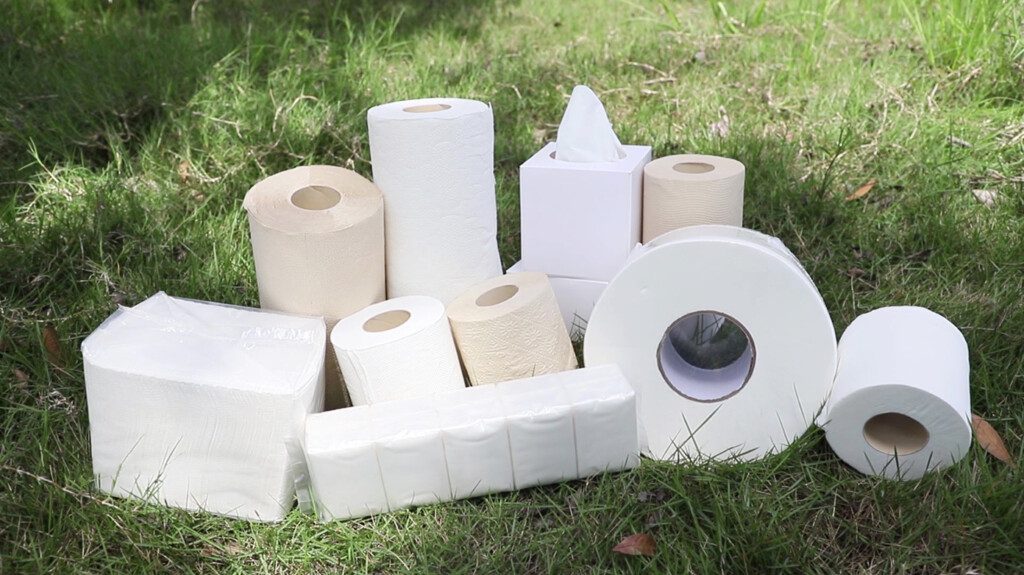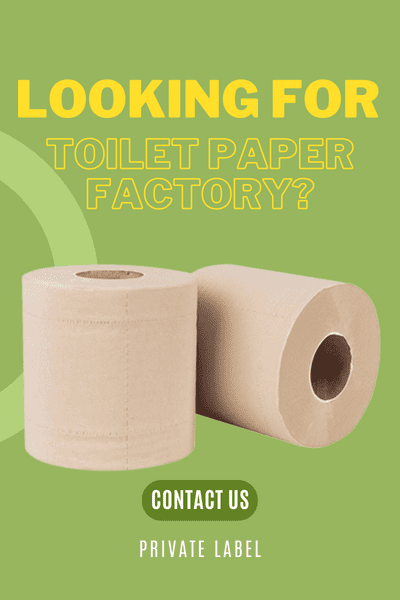
Is Bamboo a Tree?
May 22, 2023
Bamboo has been used for thousands of years for various purposes, including as a building material, food source, and for medicinal purposes. Bamboo is known for its fast growing nature and ability to renew itself quickly. Despite its widespread usage, there is confusion about whether bamboo is a tree or not. In this blog post, we will explore the botanical classification of bamboo and answer the question once and for all, is bamboo a tree?
So, is bamboo a tree? No, bamboo is classified as grass, not a tree. Despite commonly being referred to as "bamboo trees," these plants do not meet the biological definition of trees. Bamboo is classified as a woody grass, the stems or culms have a different structure and development pattern than typical grasses, but they are still part of the same family. Bamboo is the largest member of the grass family and can grow up to 90 cm in a single day!
To begin with, let us understand what a tree is. A tree is a perennial plant with a single stem or trunk, supporting branches and leaves, and typically grows over a significant height. The trunk is woody with bark, which serves as a protective layer that shields the tree from external elements. And the leaves are attached to the branches using flexible petioles that help in photosynthesis. Trees also have a considerable network of roots that provide anchorage and nutrients. Trees, in the traditional sense, are part of the Gymnosperm and Angiosperm plant families.

In terms of physical characteristics, Bamboo shares some similarities with trees, such as tall height, wood-like stems, and green leaves, but the differences are significant.
In contrast, bamboo has a hollow stem or culm. The culm is composed of hard, woody nodes that provide support. Unlike trees, bamboo does not branch out but has a series of leaves that grow from the nodes. These leaves are thin and narrow and can be either evergreen or deciduous, depending on their species.
Furthermore, bamboo has a shallow root system, which typically only reaches about 12 inches into the soil compared to trees, whose roots can stretch several feet underground.

Another characteristic that sets bamboo apart from trees is the way it grows.
Most trees produce seeds, bamboo reproduces through a process called rhizome enlargement, which involves the expansion of the underground rhizome system.
Bamboo grows in clumps, often spreading horizontally rather than growing vertically like a tree. Each stem of bamboo emerges from an underground rhizome or root system that connects it to the rest of the plant. This unique growth habit makes it a highly durable plant.
In addition, trees grow slowly, taking a long time to reach maturity, while bamboo grows incredibly fast and reaches maturity in a matter of months, depending on the species.
Bamboo, on the other hand, provides even more benefits to the environment. Some studies have suggested that bamboo has the potential to mitigate the effects of climate change, as it can absorb large amounts of carbon dioxide from the atmosphere to purify the air. It also has an extensive root system that helps to prevent soil erosion and stabilizes riverbanks. Bamboo is also an excellent alternative to wood because it takes less time to reach maturity, meaning that it can be harvested sustainably.
Despite the many benefits of bamboo, it also has some disadvantages. It can be invasive, and some species of bamboo can spread rapidly and become problematic. Invasive bamboo can crowd out other native plants and change the ecosystem's composition. When considering bamboo cultivation elsewhere, it is paramount to weigh the potential consequences and carefully assess the source. (The raw materials used in Newland Bamboo papermaking come from local bamboo forests, ensuring no harm to the local environment)

From a practical standpoint, the classification of bamboo as a tree or not may not be significant, as they are all valuable resources and can be used for a variety of applications.
Trees are primarily used for timber. They provide lumber for constructing homes, furniture, and other structures. Trees are also used as a source of fuel for cooking and heating.
Bamboo is also used for construction, although it is more commonly used for decorative purposes. Bamboo's exceptional eco-friendly properties are driving its surge in popular usage to manufacture everyday items such as household paper, toothbrushes, tableware, and so on. Newland Bamboo: Your premier supplier of private-label bamboo pulp household paper!
In conclusion, bamboo isn't a tree but belongs to the grass family. Though bamboo shares some physical characteristics with trees, their development, and growth patterns are different. Bamboo is often thought of as a renewable resource and is used in various industries worldwide. We hope this blog post has helped clarify the misconception that bamboo is a tree and provided you with some interesting information about this incredible plant.
Social Media
Most Popular
The 2023 World Tissue Exhibition with Newland Bamboo
Shortage of Recycled Paper Supply in the Tissue Industry
What You Should Know About PFAS and Toilet Paper
Subscribe to our weekly blog and latest news!
No spam, notifications only blog updates about tissue.



